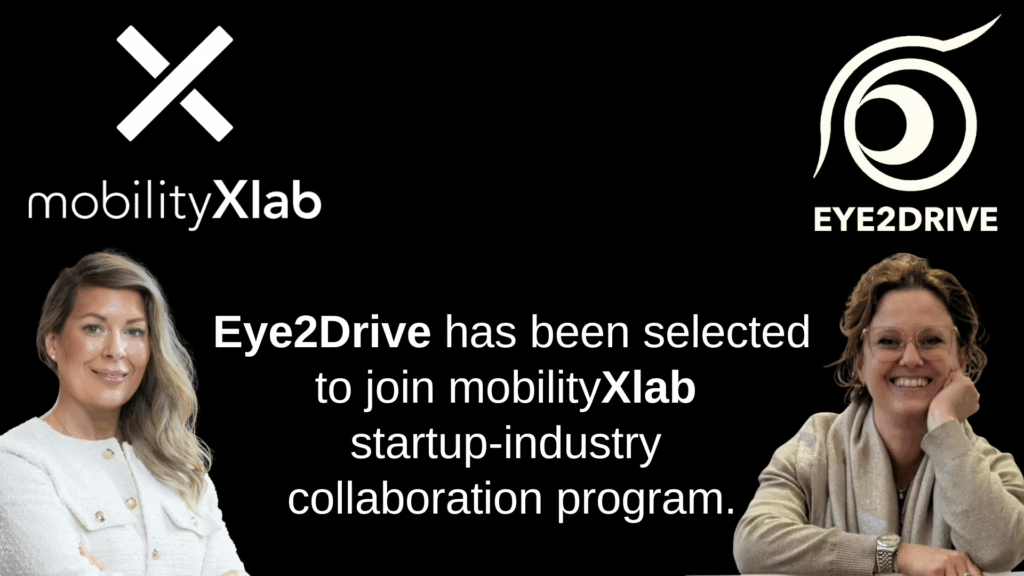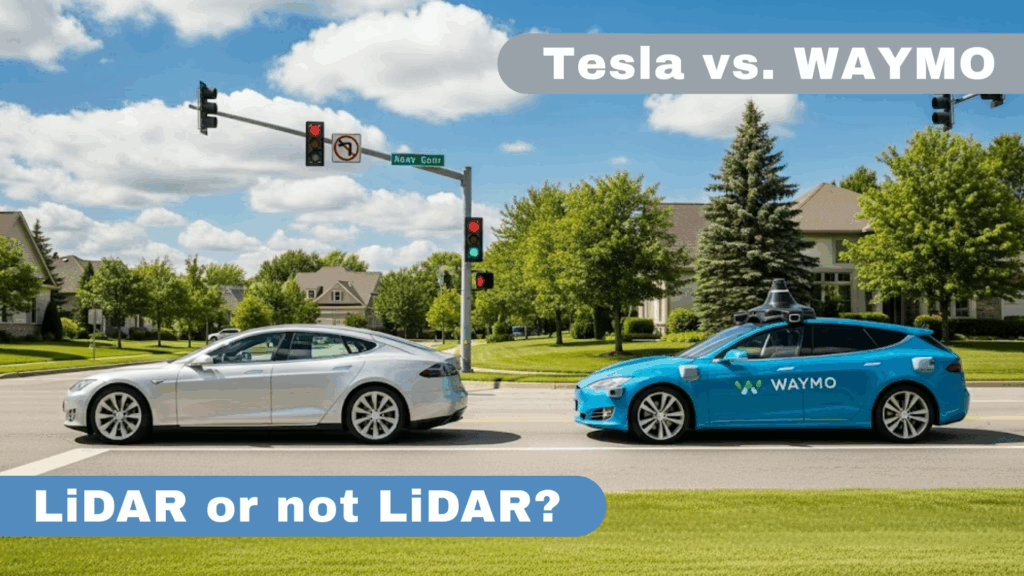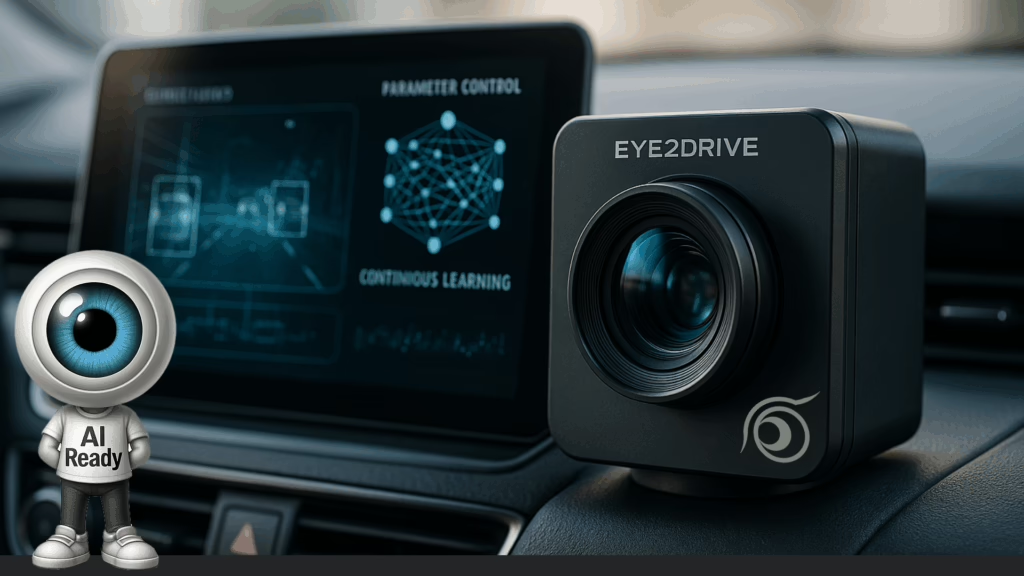The Strategic Importance of Vision Subsystems in Robotic Navigation

This article will explore the strategic importance of vision subsystems in robotic navigation. The evolution of robotic navigation systems marks a significant leap toward integrating autonomous technology in various industries. Among the components that make up these systems, vision subsystems stand out as fundamental to their success and reliability. This article explores why vision systems are indispensable across all fields utilizing robotic navigation, including restaurants, agriculture, healthcare, and autonomous vehicles.
Why the Vision Subsystems is a Strategic Component for Robotic Navigation
Vision subsystems act as the eyes of robots, providing them with the critical ability to perceive and interpret their surroundings. This capability is vital for several reasons:
- Obstacle Detection and Avoidance: Whether navigating a busy kitchen or traversing a rugged farm, robots rely on vision systems to detect and navigate obstacles, ensuring safe and efficient operations.
- Path Planning: Vision systems help robots determine the most effective paths to their destinations, considering dynamic changes in their environment.
- Enhanced Interaction: In service industries, such as healthcare or hospitality, robots equipped with vision systems can interact more naturally with humans and other environmental elements, improving service delivery.
The Strategic Importance of Vision Subsystems in Robotic Navigation and its Applications Across Industries
The strategic importance of vision subsystems in robotic navigation spans several key sectors:
Restaurant Robotics
- Robots like Flippy and Chef Robotics are transforming commercial kitchens by using vision systems to recognize ingredients and cook with precision.
Agricultural Automation
- In agriculture, vision systems enable robots to plant seeds like TortugaTech, watering, and harvesting based on the visual recognition of crop status and field conditions.
Healthcare Services
- Vision-based navigation aids healthcare robots in providing services like medication delivery and patient assistance. They navigate complex hospital layouts while avoiding collisions with people and equipment. A famous example is the da Vinci Surgical Robot.
Autonomous Vehicles
- Vision subsystems are crucial for autonomous vehicles’ real-time traffic assessment, pedestrian safety, and route mapping, ensuring safe travel on busy streets.
Business Implications
For Businesses Using Robots with Vision Systems
Companies that use robots can benefit in many ways.
- Increased Efficiency and Safety: Robots with advanced vision systems can perform tasks faster and with fewer errors, leading to significant productivity gains.
- Cost Reduction: Automating recurring or dangerous tasks reduces the need for human labor, especially in high-turnover industries like food service and manufacturing.
For Businesses Developing Robots
On the other hand, companies that are developing robots can also benefit from advanced vision technologies.
- Market Leadership: Investing in advanced vision technologies can place companies at the forefront of the robotics industry, driving growth and innovation.
- Enhanced Product Offerings: By integrating superior vision systems, companies can improve the capabilities of their robots, making them more appealing to a broader market.
Looking Ahead: The Future of Vision in Robotics
As we look towards the future, the role of dynamic vision sensors in robotics continues to expand. Eye2Drive is at the forefront with its innovative approach to overcoming traditional vision system limitations such as motion blur and rapid scene changes. Our technology offers high-speed image capture with enhanced reliability and high dynamics, making it ideal for applications that require precise, real-time data without sacrificing quality.
Eye2Drive’s dynamic vision sensors are set to revolutionize the industry by providing:
- Superior Performance in Diverse Conditions: Whether in dimly lit environments or under bright lights, these sensors maintain consistent performance, ensuring reliable navigation and operation.
- Enhanced Interaction and Predictability: With the ability to process visual data at high speeds, Eye2Drive’s sensors allow robots to interact more naturally with their environment and human counterparts, predicting movements and adjusting paths instantaneously.
- Intrinsically lower costs: Eye2Drive sensors can adapt dynamically to rapidly changing light conditions without the need for additional sensors or powerful processing engines, reducing the vision system’s volume, complexity, and costs.
Integrating Eye2Drive advanced technologies signifies a pivotal shift toward more autonomous, reliable, and efficient robotic systems. As dynamic vision sensors become more sophisticated, they pave the way for robots to navigate more independently and engage in more complex decision-making processes. This marks a significant milestone in the journey towards fully autonomous systems capable of adapting to and learning from their surroundings. The future of robotics, powered by companies like Eye2Drive, promises enhanced capabilities, broader application fields, and unprecedented levels of efficiency and safety.



